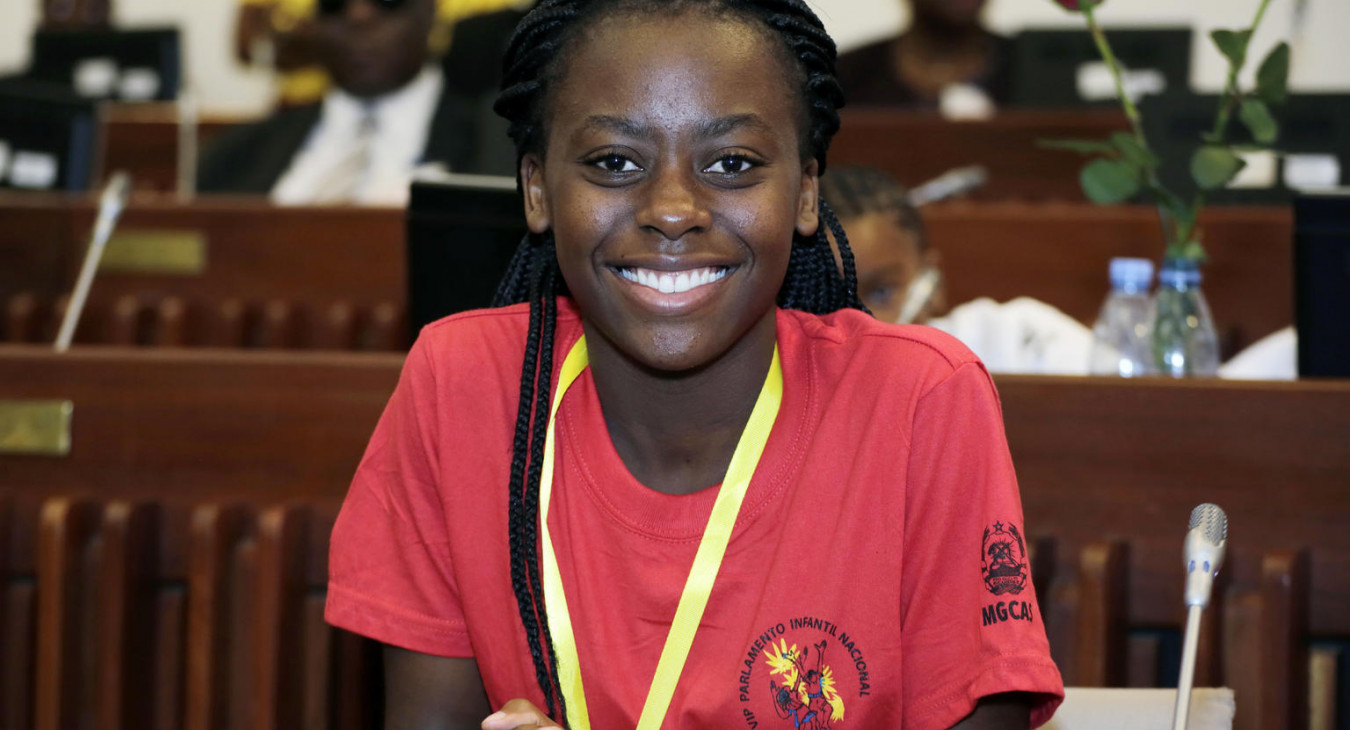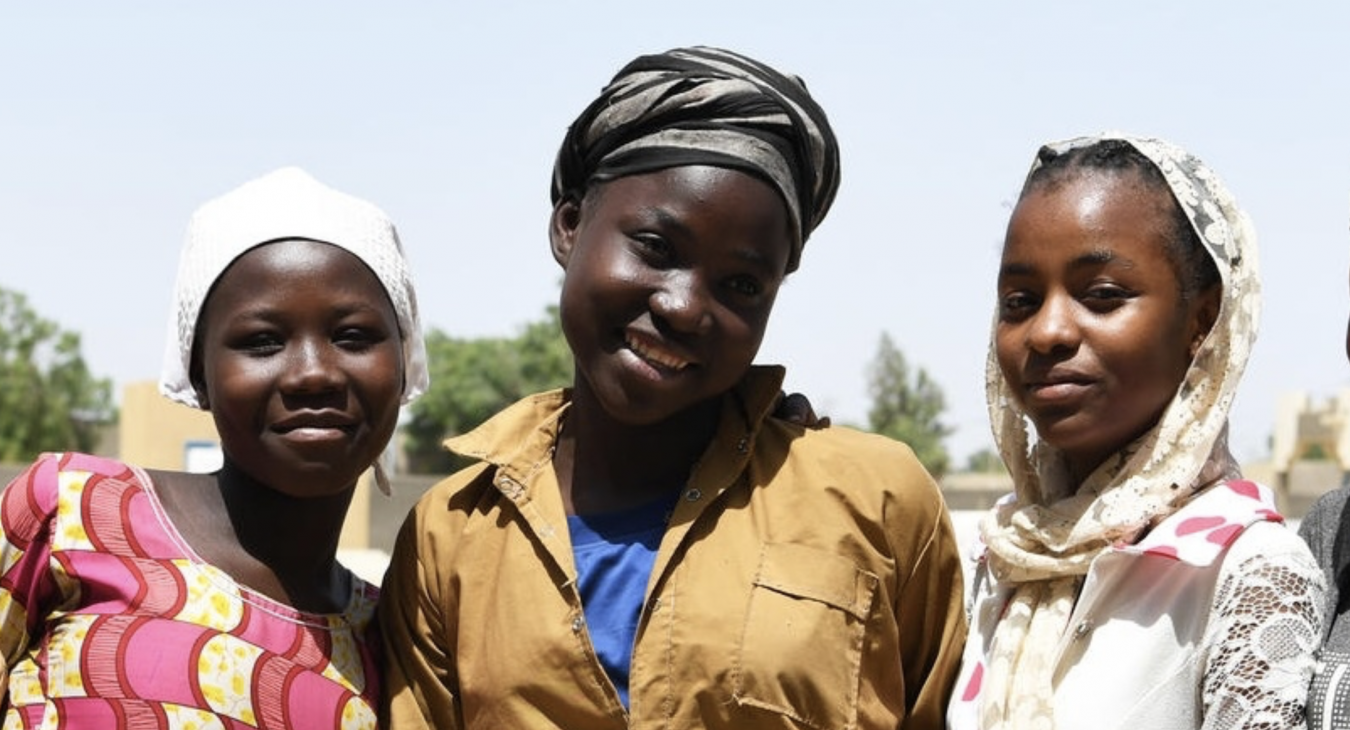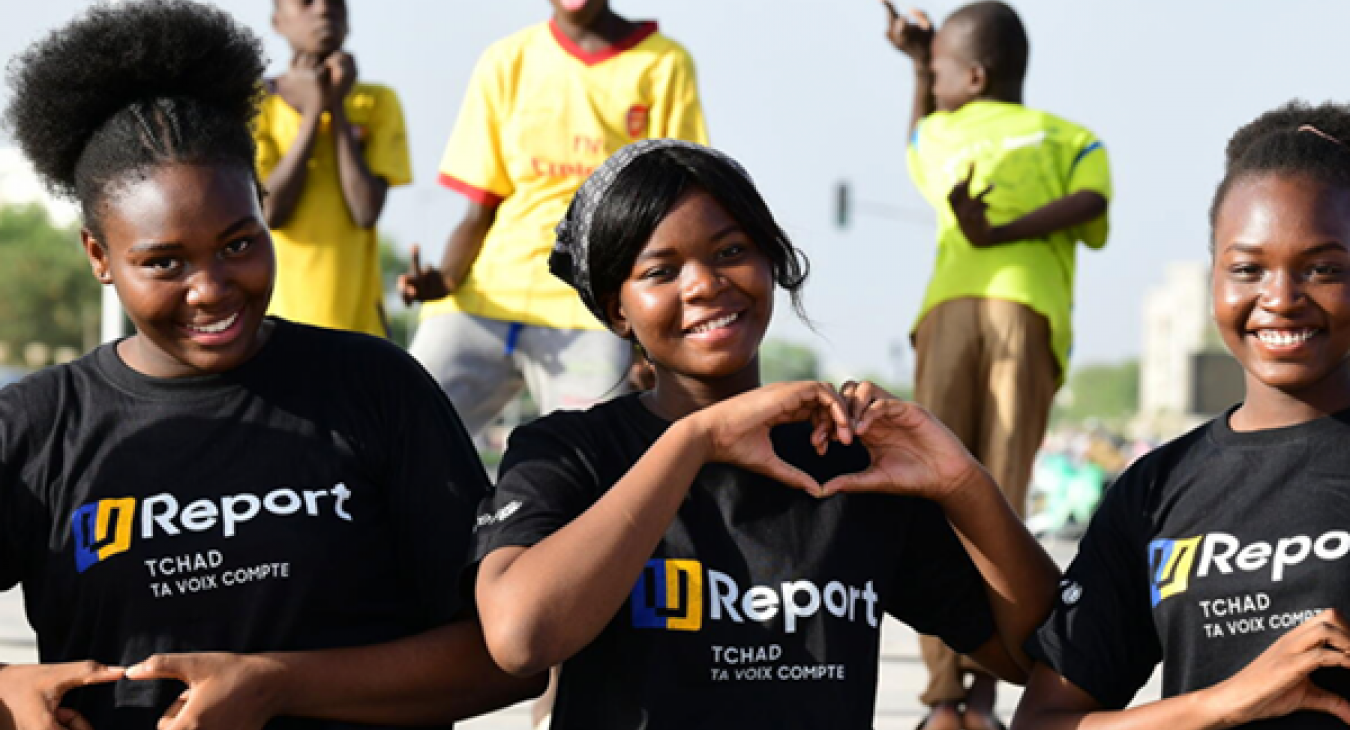In 2020, an estimated 4,200 young women aged 15 –24 years became infected with HIV each week. Adolescent girls aged 10-19 years accounted for the majority of these new cases. The gender disparities are most acutely felt by adolescent girls in sub-Saharan Africa, where six in seven new HIV infections among adolescents aged 15-19 years occur among girls. Girls and young women in affected communities would benefit from the aggressive scale-up of user-powered prevention methods, alongside a transformation in community norms to enable their empowerment.

Putting HIV prevention among adolescent girls and young women on the Fast-Track and engaging men and boys: UNAIDS 2016 | GUIDANCE

A platform for the generation and exchange of programme knowledge, tools and insights. It focuses on preventing HIV in adolescent girls and young women (AGYW) and promoting their overall health and well-being through a multi-sectoral approach.

The response to the global HIV epidemic is poised to achieve lasting progress in HIV prevention for young women and adolescent girls. This is buoyed by three key trends:
- a renewed HIV prevention platform — driven by breakthroughs in the development of novel prevention tools;
- political will at the highest levels of global development for intersectoral programming — as articulated in the aspirations of the Sustainable Development Goals (SDGs);
- an increase in investments for advancing gender equality acros all domains of health and well-being.